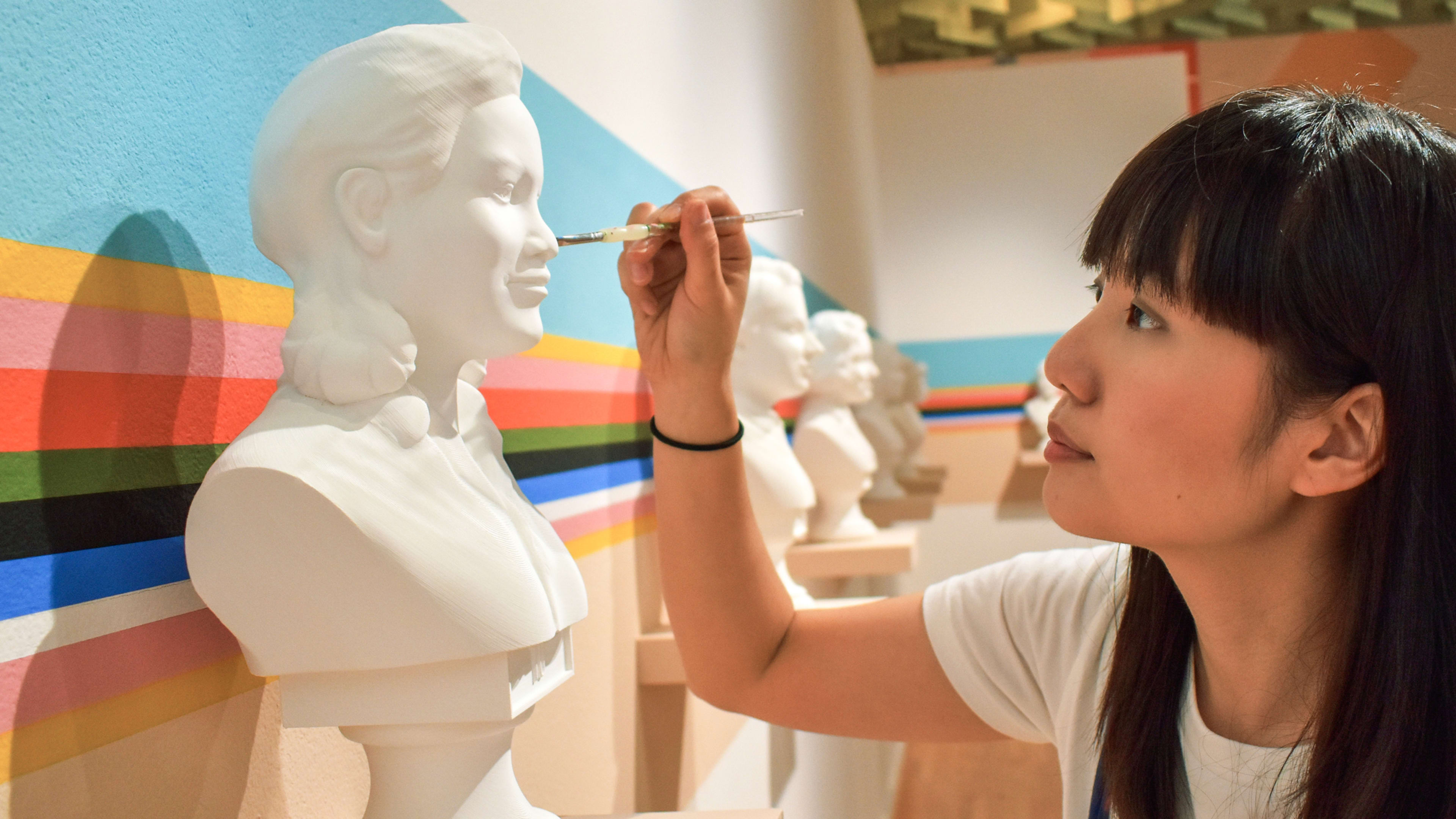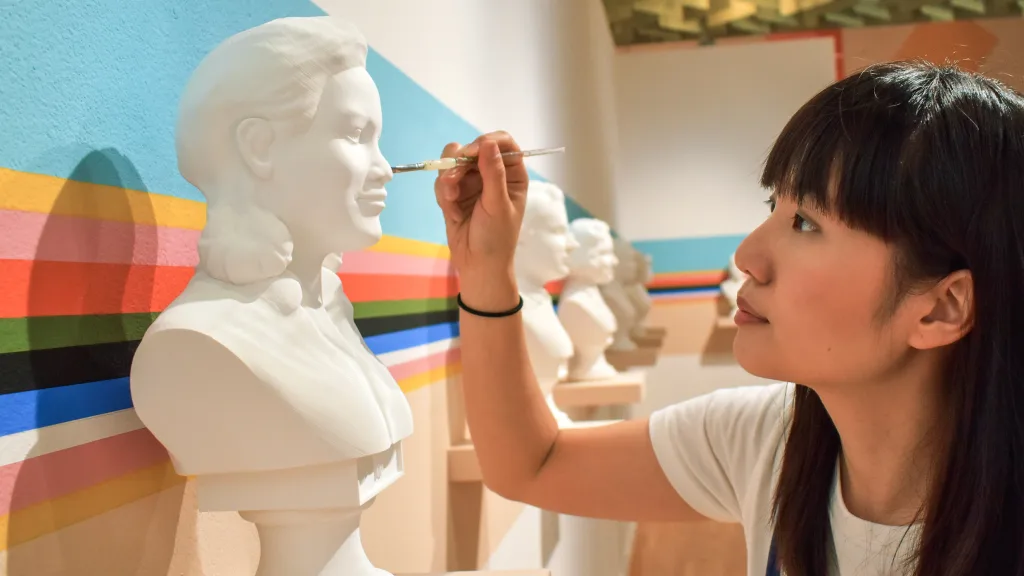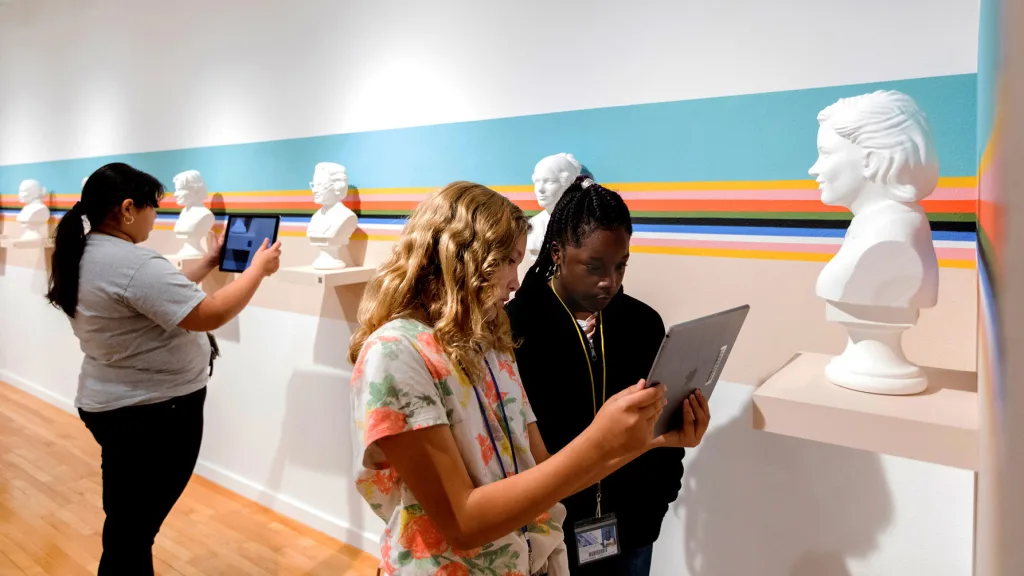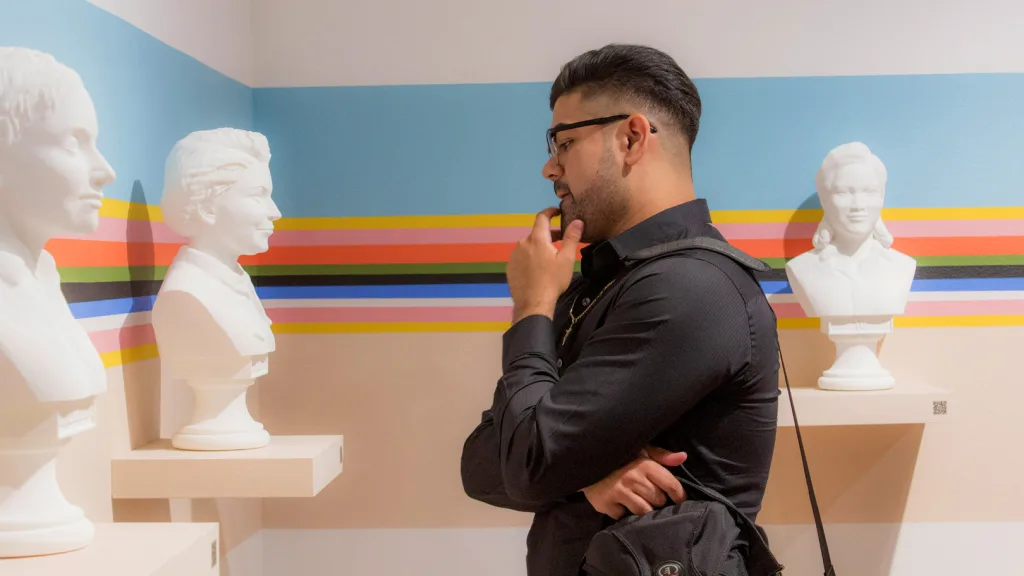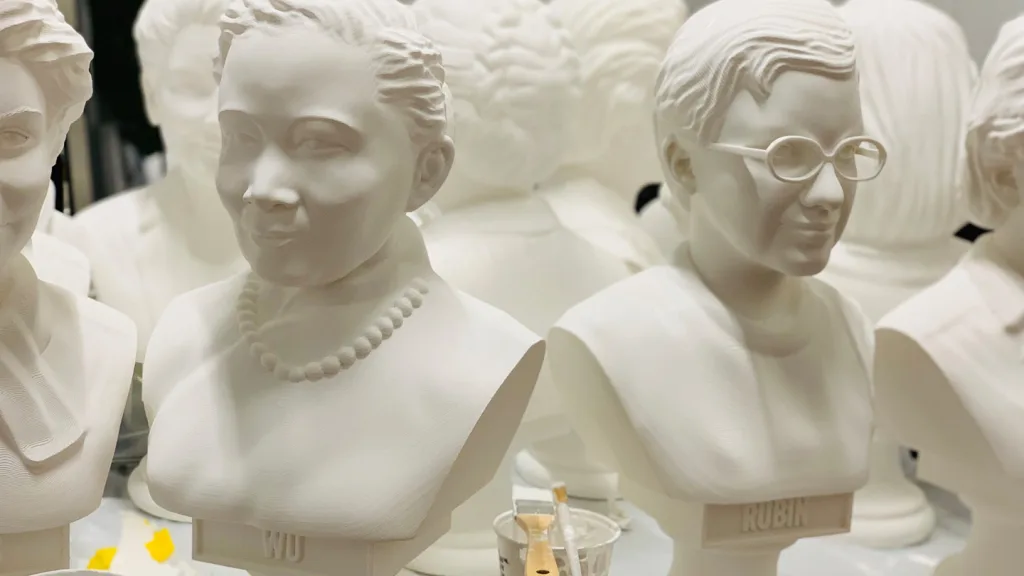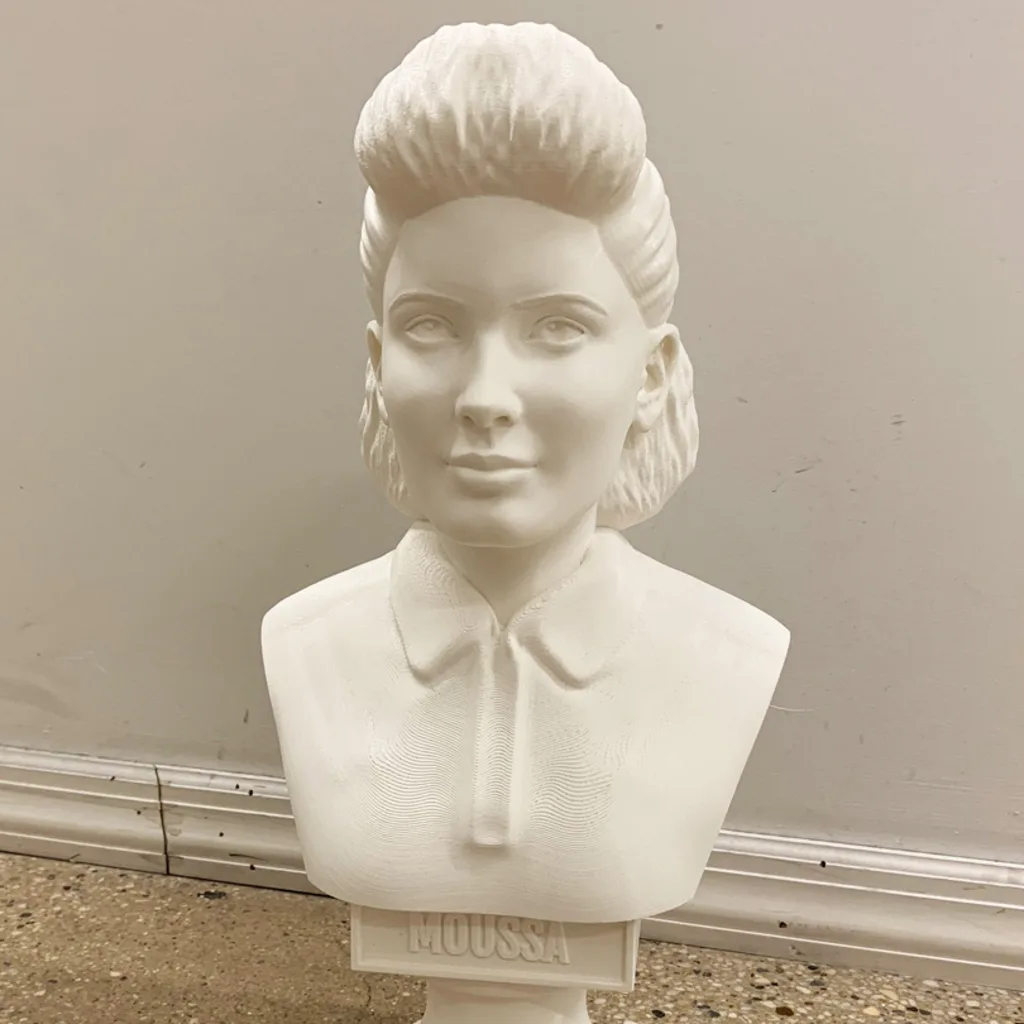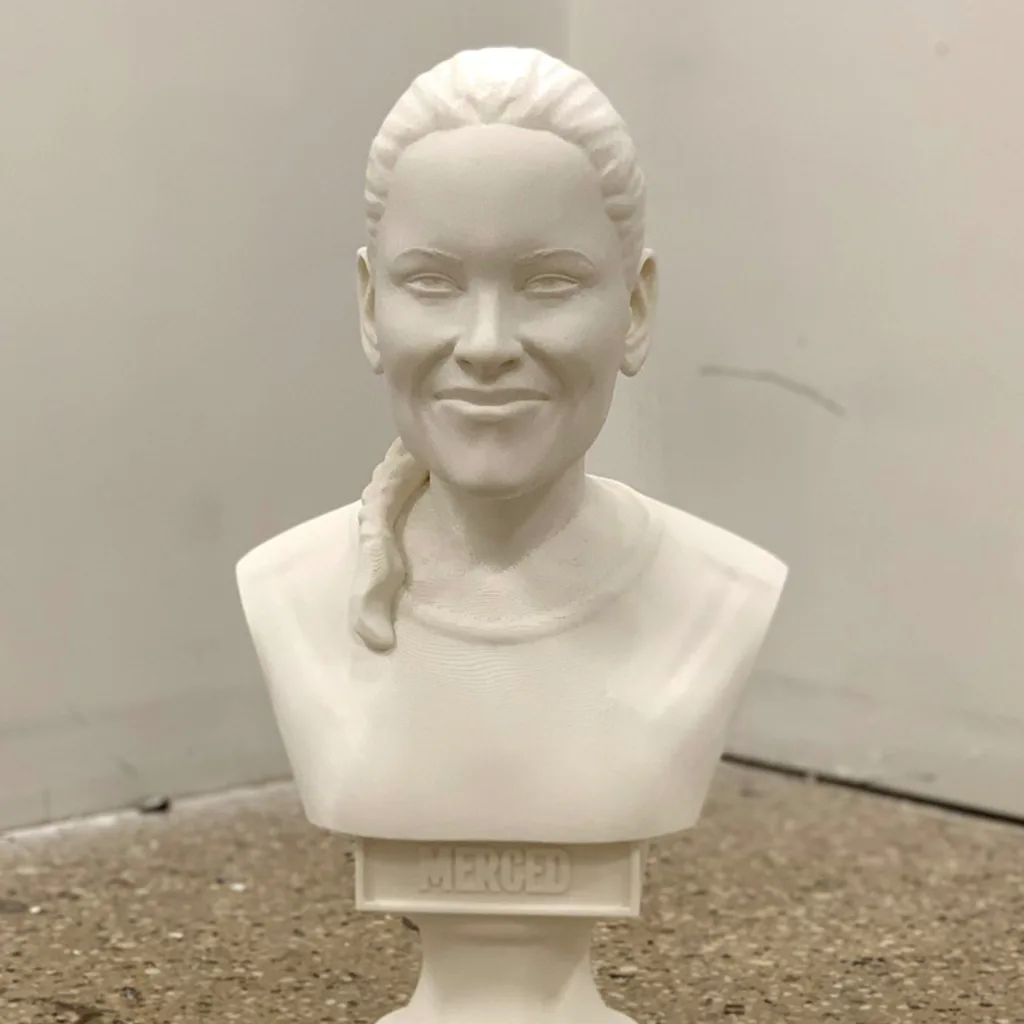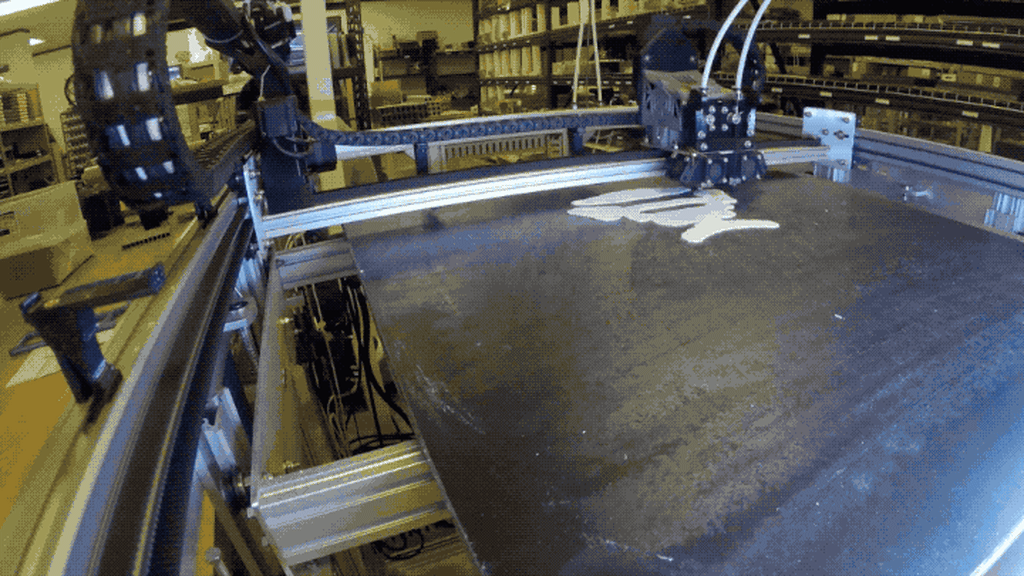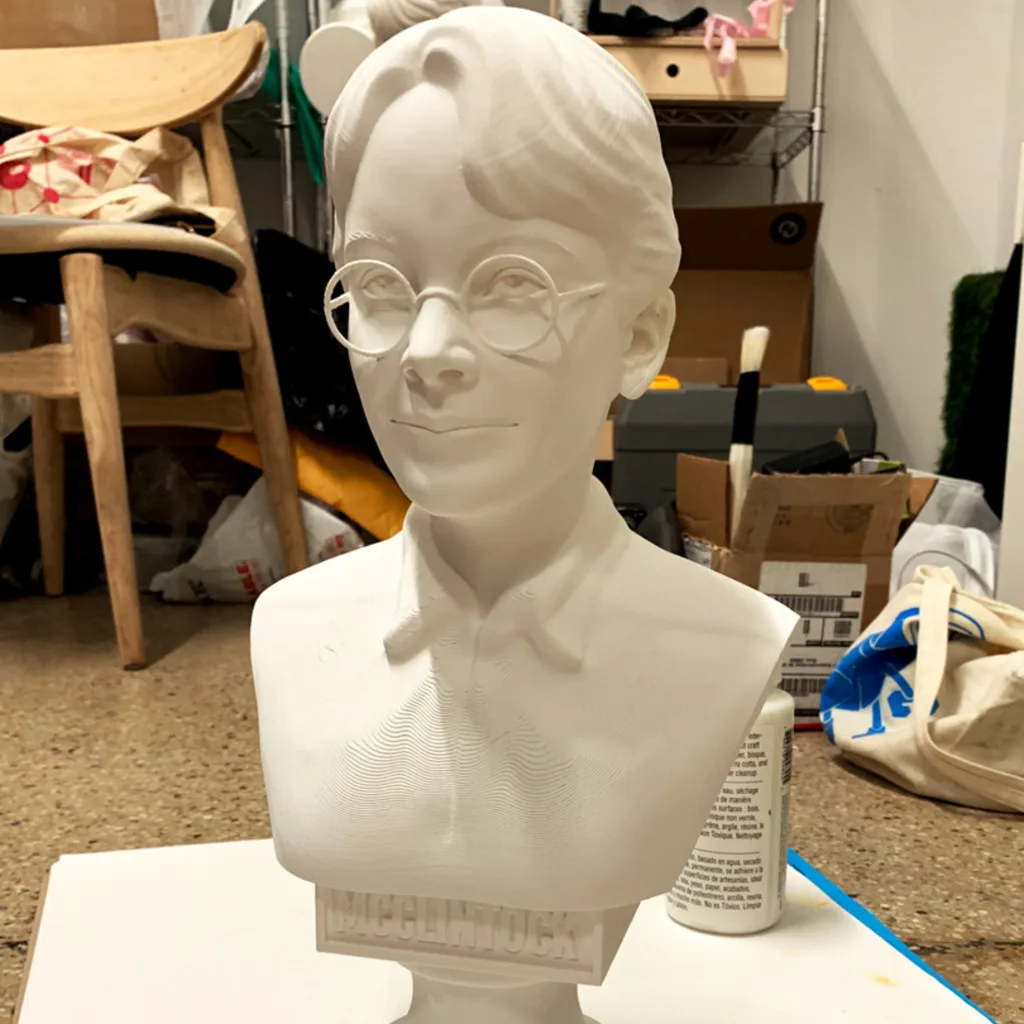Most public statues in the United States celebrate men. Of the country’s more than 5,000 public statues depicting historical figures, fewer than 400 depict women. “Every time I see another bust of a white male military leader, I’m wondering where the women, especially the women of color, are,” says Amanda Phingbodhipakkiya, a multidisciplinary artist who has a background in neuroscience and design. “I did some research and only 7.5% of all these public figures depicted are women, which is so disappointing and doesn’t really reflect all the contributions women have made to our society and understanding of the universe.”
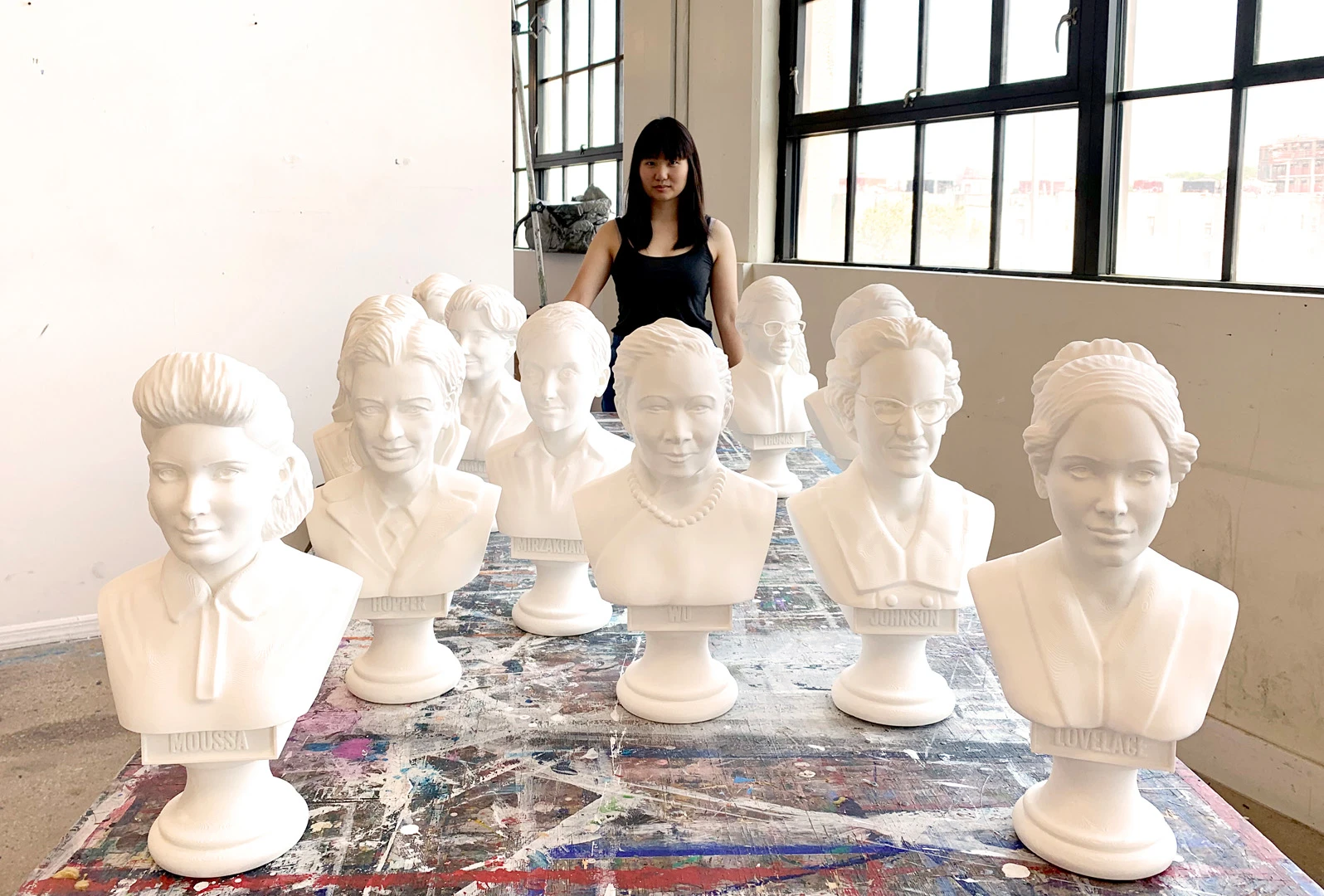
Motivated to right this lopsided public record, Phingbodhipakkiya began thinking of ways to bring new dimension to the way women in STEM are represented in public art. “I wanted to make something more tangible, it’s just not enough to make a visually compelling image that’s flat,” she says. “It’s just another thing to have these women take up space . . . I wanted to give life to these women and their work and their impact on the world.”
Phingbodhipakkiya found images of 20 influential women in science and technology and molded their likeness in Maya, a 3D-sculpting software program. Says Phingbodhipakkiya: “What’s more fitting to create their likeness than through 3D printing with science and technology? It’s the very field that they spent their lives contributing to!”
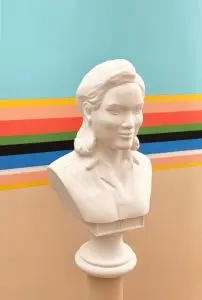
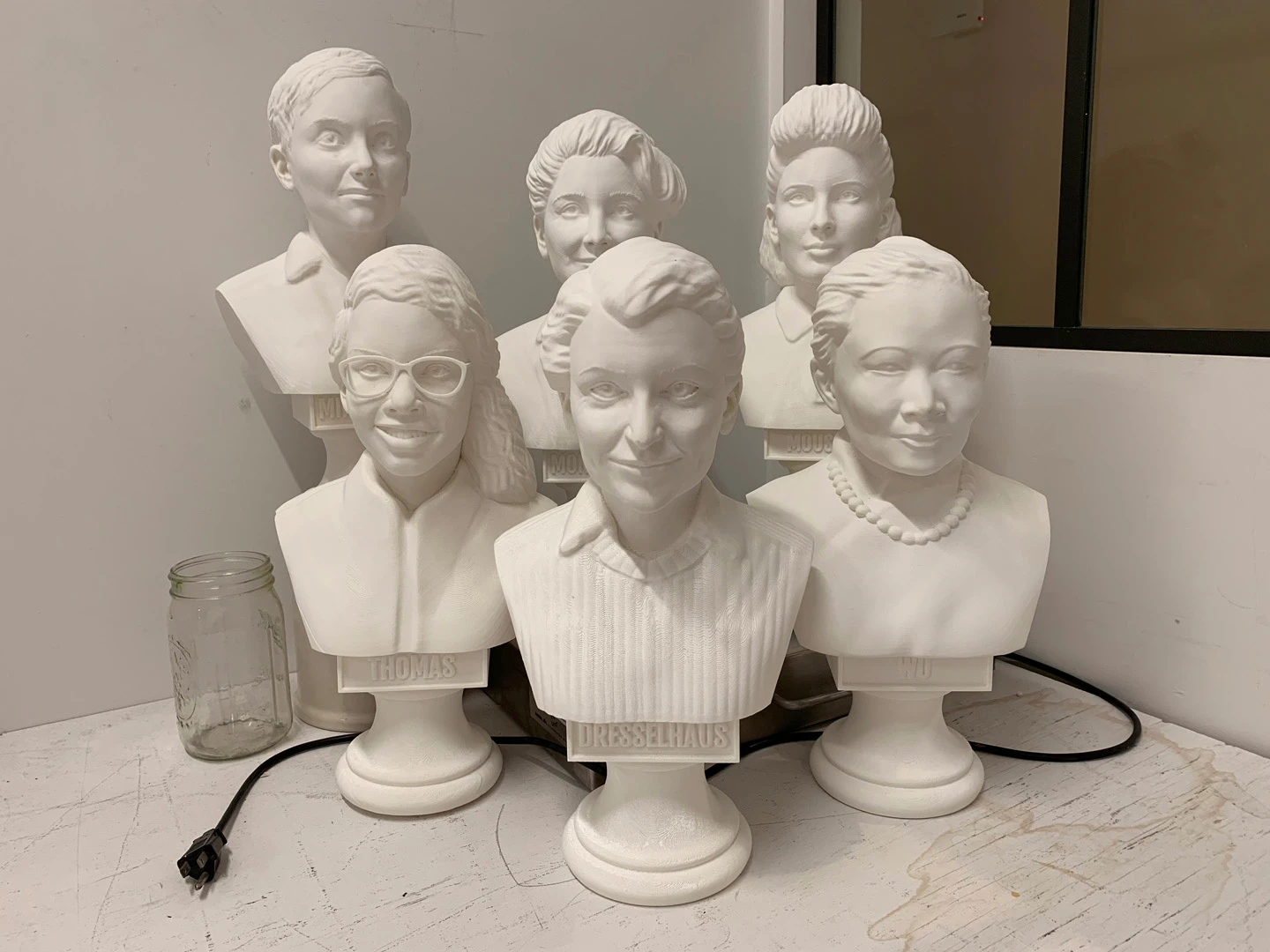
The busts are now on view at the Marjorie Barrick Museum of Art in Las Vegas, as part of Phingbodhipakkiya’s solo exhibition Connective Tissue. There’s also a QR code associated with each bust that features a short biography. “We love to hate on QR codes, but it’s a wonderful way to give a snapshot of who these women are,” Phingbodhipakkiya says. “It’s kind of an ecosystem in a way. The more we can learn about incredible women who impacted the world, the better.”
The exhibit couldn’t come at a better time. Many statues of celebrated men have come under fire in recent years. Take the memorial dedicated to confederate general Robert E. Lee in Charlottesville, Virginia, which gained an outpouring of support from the Klu Klux Klan and the alt-right when City Council voted for it to be removed. Or the statue of L. Marion Sims, the “father of gynecology,” who conducted surgical experiments on enslaved women—without consent and without anesthesia. Lee’s bronze equestrian statue still remains, but Sims’s was removed from Central Park after New York City’s Public Design Commission voted unanimously to take it down in April 2018. The message is clear: The United States is ready to celebrate new heroes. We should have the statues to match.
Recognize your brand’s excellence by applying to this year’s Brands That Matter Awards before the early-rate deadline, May 3.
